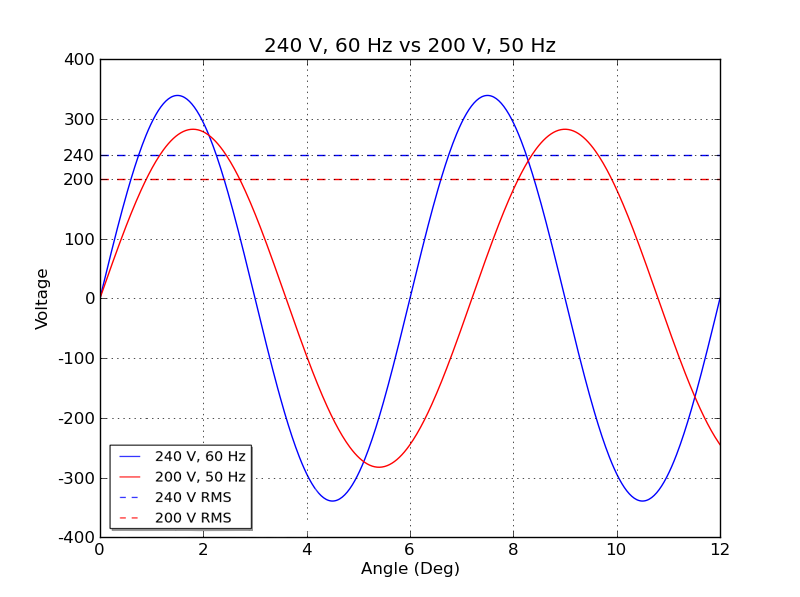Hi Forum Members
I have a 4 pole single phase 240VAC 315 watt motor from a central heating heating system that I think is bad.
It's the room fan inside the squirrel cage that sucks / pushes the air past the heat exchanger
It seems to run but very slowly. I think it's bad.
That said, there is no short to ground and when I do an earth to active and earth to neutral there is no short.
Also the resistance measurements on the coil windings are within spec.
My question is around what typical amp draw should I see against the motor when it's running with the full 240VAC ?
My clamp meter is saying it's pulling 2.9 amps.
This seems too high to me and indicates it's gone bad but I don't understand why/ how the winding resistance measurements are still good.
It still rotates nicely by hand so no mechanical issues.
My rough thoughts is that
P = V X I
Power = 240 vac X 2.9 = 696 watts
So with motor rater at 315 watts it's more than double so that must show it's bad ???
I have a 4 pole single phase 240VAC 315 watt motor from a central heating heating system that I think is bad.
It's the room fan inside the squirrel cage that sucks / pushes the air past the heat exchanger
It seems to run but very slowly. I think it's bad.
That said, there is no short to ground and when I do an earth to active and earth to neutral there is no short.
Also the resistance measurements on the coil windings are within spec.
My question is around what typical amp draw should I see against the motor when it's running with the full 240VAC ?
My clamp meter is saying it's pulling 2.9 amps.
This seems too high to me and indicates it's gone bad but I don't understand why/ how the winding resistance measurements are still good.
It still rotates nicely by hand so no mechanical issues.
My rough thoughts is that
P = V X I
Power = 240 vac X 2.9 = 696 watts
So with motor rater at 315 watts it's more than double so that must show it's bad ???











